Introduction
Makar Sankranti, celebrated with fervor and joy across India, marks a significant celestial transition. As the sun begins its northward journey, the days grow longer, symbolizing an increase in knowledge and spiritual light. This festival, deeply rooted in India’s cultural and religious fabric, sees varied celebrations, each with its unique flavor and significance. Families come together, savor traditional foods, and observe ancient rituals during this time, creating a blend of devotion, culture, and festivity.
Historical and Mythological Stories

The tales associated with Makar Sankranti are as rich as the festival itself. One such legend revolves around Bhishma Pitamaha, who chose to leave his mortal body on this day. Another story speaks of Lord Surya’s reconciliation with his son, Shani, on Makar Sankranti. These tales not only add a mythological dimension to the festival but also impart moral and ethical lessons, emphasizing virtues like patience, devotion, and respect.
Astrological Perspective
From an astrological viewpoint, Makar Sankranti is the day when the mighty Sun transitions into the zodiac of Capricorn or Makar. This shift is not just a celestial event but holds profound significance for astrologers and spiritual seekers alike. During this time, we encourage new beginnings and forgive past mistakes, allowing individuals to move forward with renewed energy and purpose.
Science Behind Celebrating Makar Sankranti
The celebration of Makar Sankranti is not just a cultural phenomenon but has scientific reasoning too. As the sun transitions, it brings about a change in the atmospheric temperature and solar radiation, which affects the human body. The consumption of sesame seeds and jaggery, traditional foods of this festival, provides warmth and energy to combat the winter chill. Moreover, the act of flying kites is not just recreational but also a means to expose oneself to the sun, absorbing essential Vitamin D. This exposure aids in strengthening bones and boosting immunity, especially during the colder months.
Rituals and Celebrations
Makar Sankranti is not just about kite flying. The rituals, deeply symbolic, range from preparing sweets with rice, til, and jaggery to performing the Makar Sankranti Homam. These ingredients, especially rice, symbolize abundance and prosperity post the harvest season. Fairs like the Gangasagar Mela and Magha Mela see thousands of devotees, making them a spectacle of devotion and celebration. These gatherings are not just religious but also serve as a platform for cultural exchange, music, dance, and communal harmony.
Rituals to Follow During Makar Sankranti
- Taking a Holy Dip: Many believe that taking a dip in sacred rivers on this day purifies the soul. This act cleanses past sins and rejuvenates the spirit.
- Offering Prayers to Lord Surya: Devotees offer water and flowers to the Sun God and seek his blessings. This ritual is a way of showing gratitude for the energy and life the Sun bestows upon Earth.
- Donating Essentials: It’s customary to donate rice, jaggery, and blankets to the needy. Performing this act of charity ensures sharing the festival’s joy with all sections of society.
- Flying Kites: This ritual is symbolic of reaching out to the divine and cutting off the ties of past sins. It also represents freedom, joy, and the aspiration to reach greater heights.
Powerful Surya Mantras That You Can Chant
Chanting Surya mantras can invoke the blessings of the Sun God. Here are a few:
- Gayatri Mantra for Surya: “Om Bhur Bhuvah Swah, Tat Savitur Varenyam, Bhargo Devasya Dhimahi, Dhiyo Yo Nah Prachodayat.” This mantra is believed to enhance intellect, clarity, and spiritual insight.
- Surya Beej Mantra: “Om Hraam Hreem Hraum Sah Suryaya Namah.” This potent mantra is said to bring positive energy, vitality, and vigor when chanted with devotion.
How the Planet Sun Influences One’s Life
In Vedic astrology, the Sun represents the soul, authority, and father. A strong Sun in one’s horoscope indicates leadership qualities, vigor, and success in governmental or authoritative roles. On the contrary, a weak Sun might lead to health issues, lack of confidence, and struggles in professional life. The Sun’s position can also influence one’s relationship with their father or authoritative figures, shaping their personal and professional dynamics.
How the Blessings of Surya Help with Success and Recognition
The Sun, being the king of all planets, bestows one with fame, recognition, and success. When pleased, Lord Surya can illuminate one’s path, removing obstacles and ensuring a position of authority and respect in society. Regular prayers, offerings, and certain rituals can amplify these blessings manifold. The Sun’s grace can open doors of opportunities, making one shine bright in their respective fields.
Powerful Pujas during Makar Sankranti
Makar Sankranti is an auspicious time to invoke divine blessings. Rudralife offers specialized pujas that align with the energies of this festival, ensuring peace, prosperity, and spiritual growth. These pujas, performed by Vedic Pandits, can act as a conduit to receive the Sun God’s benevolence, enriching one’s life with positivity and abundance.
Rudraksha Blessed by Planet Sun

The Sun, central to the Makar Sankranti celebrations, also blesses certain Rudrakshas. Wearing 12 Mukhi Rudraksha can amplify the Sun’s positive effects in one’s life. These Rudrakshas, when worn with faith, can enhance one’s vitality, leadership qualities, and overall well-being.
Fascinating Stories of God Surya
Lord Surya, the Sun God, holds a prominent place in Hindu Tradition. One of the most captivating tales is his marriage to Sanjana, the daughter of Vishwakarma. However, unable to bear his intense radiance, Sanjana left her shadow, Chhaya, in her place and retreated to the forests. This led to the birth of Shani, the God of Saturn, and other children from Chhaya. When Surya discovered the truth, he reunited with Sanjana after Vishwakarma dimmed his brightness.
Importance and Benefits of Til (Sesame Seeds)
Til, or sesame seeds, are integral to Makar Sankranti celebrations. Beyond their culinary uses, they have immense health benefits. Rich in antioxidants, they help combat oxidative stress. They’re also a good source of fiber, aiding digestion. Spiritually, offering til during this festival symbolizes burning away one’s impurities, just as seeds burst into flame when exposed to fire.
How Is It Celebrated in Different Regions of India?

Makar Sankranti takes on varied hues across India:
- Punjab: Known as Lohri, it’s marked by bonfires, singing, and dancing.
- Gujarat: Famous for its kite-flying festivals.
- Assam: Celebrated as Bhogali Bihu, with feasts and merrymaking.
- Tamil Nadu: Known as Pongal, a four-day festival with each day having its significance.
- West Bengal: Pilgrims take a dip in the Ganges and offer prayers at the Gangasagar Mela.
Physical Features of Lord Surya
In depictions, Lord Surya often rides a chariot pulled by seven horses, symbolizing the seven colors of sunlight and the seven days of the week. He has a lotus in each hand, symbolizing purity and divinity. His radiant form, adorned with golden jewelry, represents the illuminating power of the sun. His charioteer, Aruna, symbolizes the dawn.
What is the Meaning of Sankranti?
The term “Sankranti” comes from the Sanskrit word “Sankramana,” meaning “transition” or “movement.” In the festival’s context, it signifies the sun’s transition from one zodiac sign to another. Makar Sankranti marks the sun’s shift into the Capricorn (Makar) zodiac, signifying the end of the winter solstice and the beginning of longer days.
What is Pongal? Is it the Same as Makar Sankranti?
Pongal, a four-day festival celebrated in Tamil Nadu, coincides with Makar Sankranti. While it marks the same astronomical transition as Makar Sankranti, its celebrations are unique. The term “Pongal” means “to boil” or “overflow,” representing abundance and prosperity. The festival involves preparing a dish called Pongal, made from newly harvested rice boiled with milk and jaggery. While both festivals celebrate the harvest and the sun’s transition, their customs, rituals, and names vary based on regional traditions.
Remedies to Strengthen Planet Surya
The Sun, representing authority, vitality, and self-confidence in Vedic astrology, can be strengthened through various remedies:
- Sun Mantras: Chanting the Surya Gayatri or Beej Mantra daily can enhance the Sun’s positive effects.
- Ruby Gemstone: Wearing a ruby, the gemstone associated with the Sun, can amplify its beneficial aspects.
- Offering Water: Pouring water to the Sun during sunrise while chanting mantras can appease the Sun.
- Fasting: Observing fasts on Sundays can be beneficial.
- Charity: Donating wheat, jaggery, or red clothes on Sundays can mitigate the Sun’s negative effects.
- 12 Mukhi Rudraksha: Wearing the 12 Mukhi Rudraksha is believed to be highly effective in harnessing the Sun’s energy. It can enhance leadership qualities, clarity of thought, and reduce negative effects associated with a weak Sun in one’s horoscope.
Why Do We Fly Kites During Makar Sankranti?
Kite flying is a significant activity during Makar Sankranti. This tradition has multiple interpretations. Symbolically, flying kites and cutting those of others represents the cutting of ties to sins and reaching out to the divine. On a health perspective, exposure to the early morning sun, when UV rays are less harmful, provides Vitamin D, essential for bone health. The act also signifies freedom, joy, and the human spirit’s aspiration to soar high.
India’s Most Famous Sun Temples and Their Uniqueness
- Konark Sun Temple, Odisha: An architectural marvel, this temple is designed as a massive chariot with intricately carved wheels, walls, and pillars.
- Modhera Sun Temple, Gujarat: Known for its magnificent stepwell and the annual dance festival that celebrates the Sun God.
- Martand Sun Temple, Jammu & Kashmir: A testament to Kashmiri architecture, this temple offers a panoramic view of the Kashmir Valley.
- Suryanar Kovil, Tamil Nadu: This temple is unique as it houses shrines for all the nine planetary deities, with the Sun God as the main deity.
- Arasavalli Sun Temple, Andhra Pradesh: One of the ancient sun temples, it’s believed that worshipping here can cure skin ailments and blindness.
Why Is Makar Sankranti Called Uttarayan?
“Uttarayan” is derived from two Sanskrit words: “Uttara” (North) and “Ayan” (movement). It refers to the sun’s northward movement after the winter solstice. Makar Sankranti marks the day when the sun begins this journey, entering the zodiac sign of Capricorn (Makar). Hence, the festival is also referred to as Uttarayan, celebrating the sun’s shift towards longer, warmer days.
Culture of Worshipping Sun God in Different Civilizations and Significance
The Sun, as a life-giving force, has been revered across various civilizations:
- Ancient Egypt: Ra, the Sun God, was one of the most important deities, representing creation, life, and warmth.
- Roman Empire: Sol Invictus (“Unconquered Sun”) was a prominent Sun God, especially during the later periods of the Roman Empire.
- Norse Mythology: Sunna or Sól was the Sun Goddess, driving the sun’s chariot across the sky.
- Native American Tribes: Many tribes, like the Pueblo, had Sun rituals and dances, asking for the Sun’s blessings for a good harvest.
In all these cultures, the Sun was seen not just as a celestial body, but as a divine force, influencing life on Earth and the cycles of nature.
Importance of the Sun for Human Beings and Existence of Life

The Sun, our primary energy source, plays a pivotal role in sustaining life on Earth. Its light and warmth are essential for photosynthesis, the process by which plants produce food. This not only sustains plant life but also forms the base of the food chain for all organisms. Moreover, the Sun helps regulate our planet’s climate and weather patterns, ensuring a balance that supports diverse ecosystems. On a biological level, sunlight aids in the production of Vitamin D in humans, crucial for bone health and immune function. In essence, without the Sun, life as we know it would cease to exist.
Benefits and Relation of Surya Namaskar to Lord Surya
Surya Namaskar, or Sun Salutation, is a series of twelve yoga postures performed in a fluid sequence. It’s not just a physical exercise but also a spiritual practice dedicated to Lord Surya. Each posture corresponds to a specific mantra dedicated to the Sun God, harmonizing the physical cycle with the spiritual. Benefits of Surya Namaskar include improved circulation, strengthened muscles, better respiratory function, and enhanced digestive health. Spiritually, it’s a gesture of gratitude to the Sun for bestowing life and energy upon the world.
How Worship of Narayana (Sri Vishnu) Helps Strengthen Surya

In Hinduism, the interconnectedness of deities signifies the universe’s holistic nature. Lord Surya is often considered an eye of Sri Vishnu, the preserver in the Holy Trinity. Worshiping Narayana or Sri Vishnu, thus, indirectly celebrates Lord Surya. Many scriptures cite that the Sun God emerged from the eyes of Lord Vishnu. By worshiping Narayana, devotees are believed to invoke the blessings of Lord Surya as well. Chanting the Vishnu Sahasranamam, which praises the thousand names of Vishnu, or keeping fasts on Ekadashi, dedicated to Vishnu, can also strengthen Surya’s influence in one’s life, bringing in warmth, clarity, and vitality.







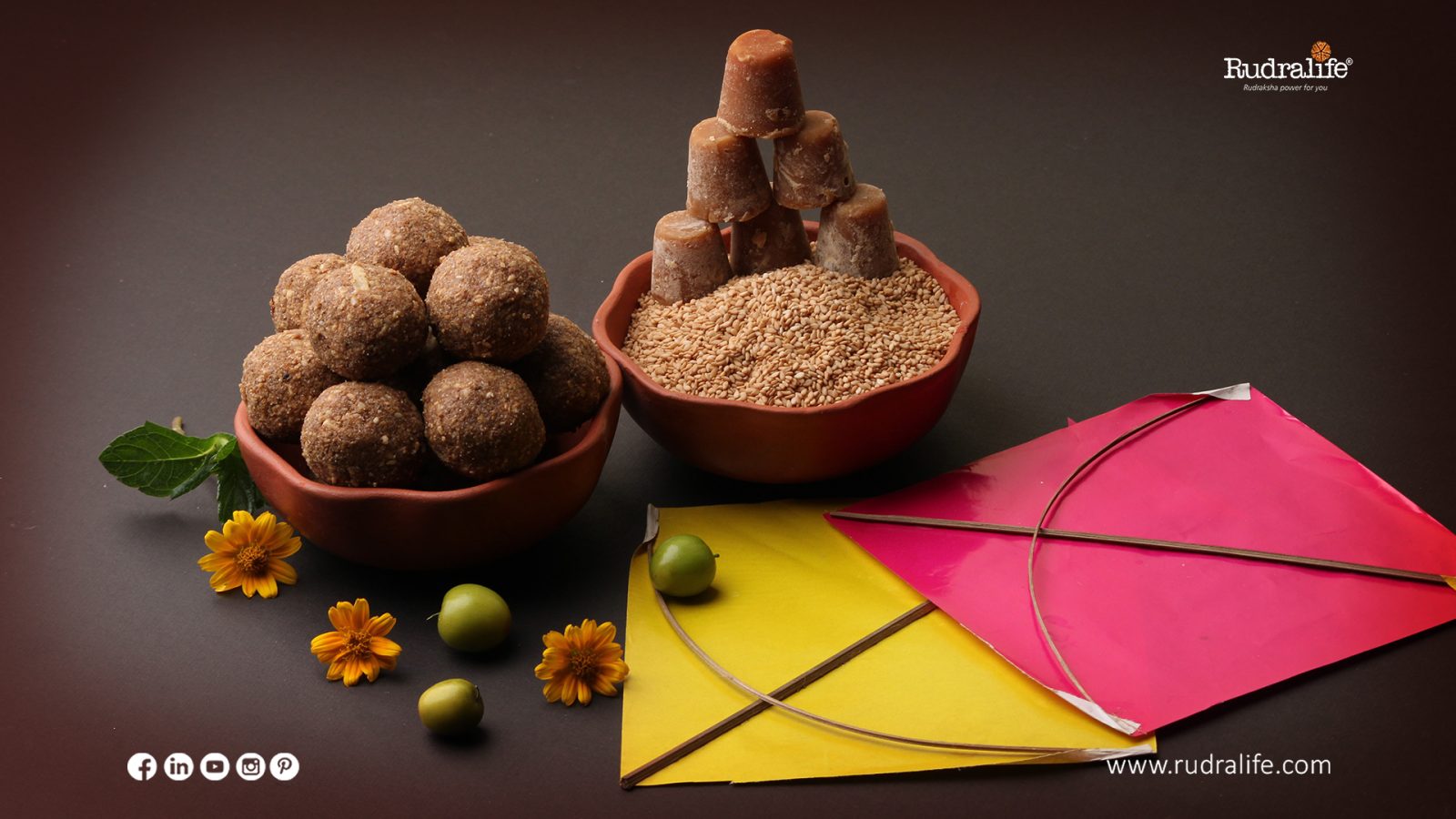





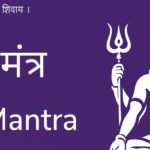
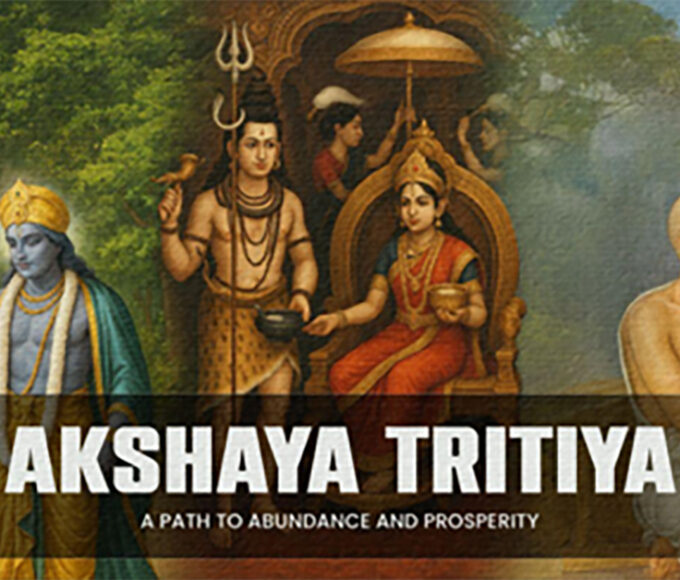
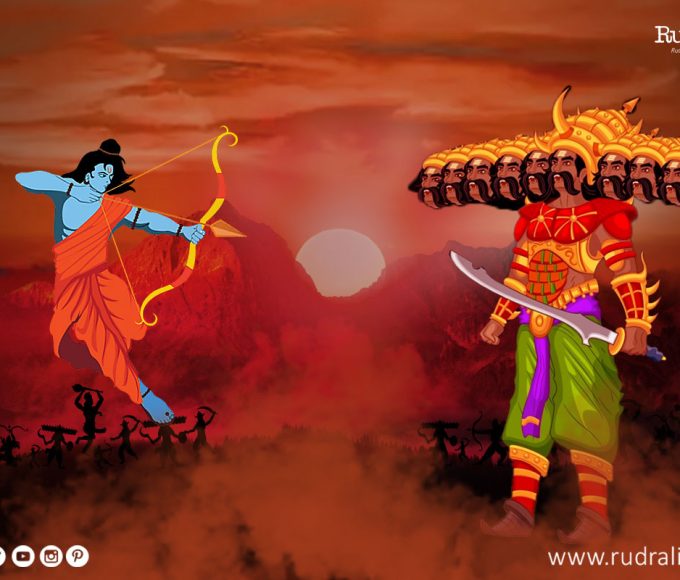

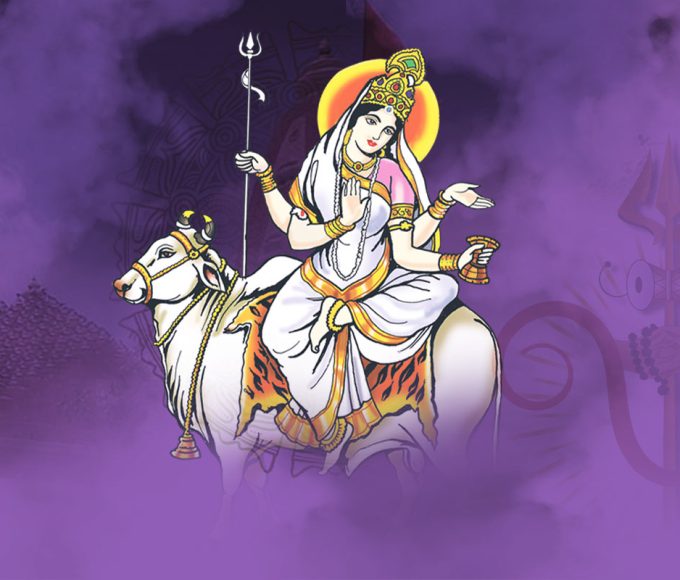
Leave a comment